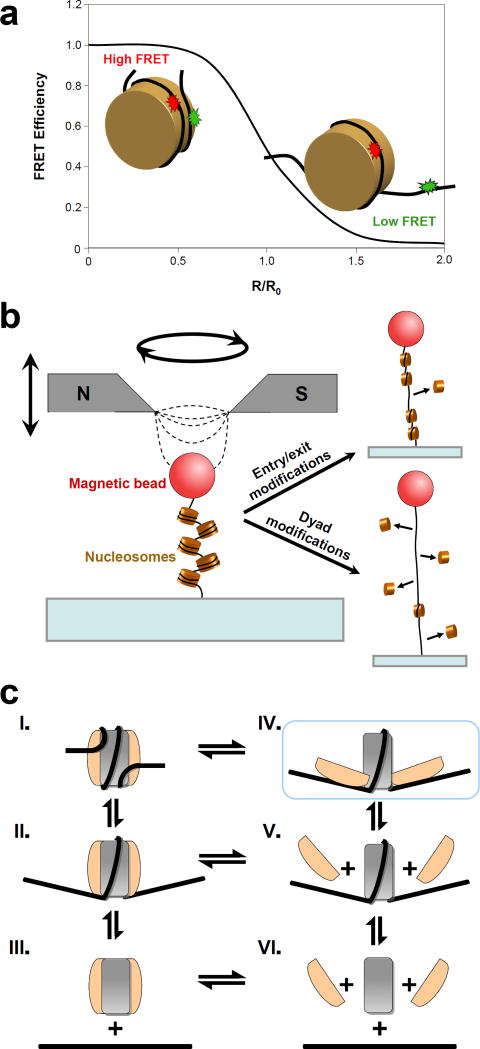Figure 2. Single molecule studies of nucleosome stability and disassembly.
(a) FRET efficiency is shown as a function of the relative distance between a donor (green) and an acceptor (red) dyes attached to a nucleosomal DNA. FRET is typically used as a molecular ruler on the scale of 1–10 nm, making it an ideal technique to detect and quantify nucleosome dynamics (nucleosome radius ~5 nm). As an example, increased DNA breathing in a nucleosome containing H3K56Ac from that of an unmodified nucleosome was manifested as a reduced FRET efficiency in experiments by Neumann et al. [24
(b) Schematic of the magnetic tweezers experiments on a nucleosomal array. A pair of permanent magnets produces a gradient of the magnetic field, thus exerting a force on the super-paramagnetic bead. Magnetic tweezers are also potentially capable of inducing rotational motion. In the experiments by Simon et al. [26] the authors exerted forces up to 29 pN and observed partial dissociation of the nucleosomes that had been acetylated near the dyad location (lower right), while acetylation near the entry/exit site did not significantly impact nucleosome stability (upper right).
(c) Pathways for nucleosome disassembly. The (H3/H4)2 tetramer is shown in grey and the H2A/H2B dimer is shown in beige. Disassembly has been previously proposed [30, 31] to occur via the dissociation of the octamer as a whole (III-VI) or H2A/H2B dissociation followed by the loss of the tetramer (V-VI). Böhm et al. [32] have additionally found evidence for a novel intermediate (IV, highlighted in blue) in which dimer-tetramer interactions are partially disrupted, while dimer-DNA contacts are maintained. The authors suggest that nucleosome disassembly proceeds sequentially through this intermediate (I-IV-V-VI). Future studies are necessary to differentiate between these possible pathways of disassembly. (Adapted from Böhm et al. [32] with publisher’s permission)

